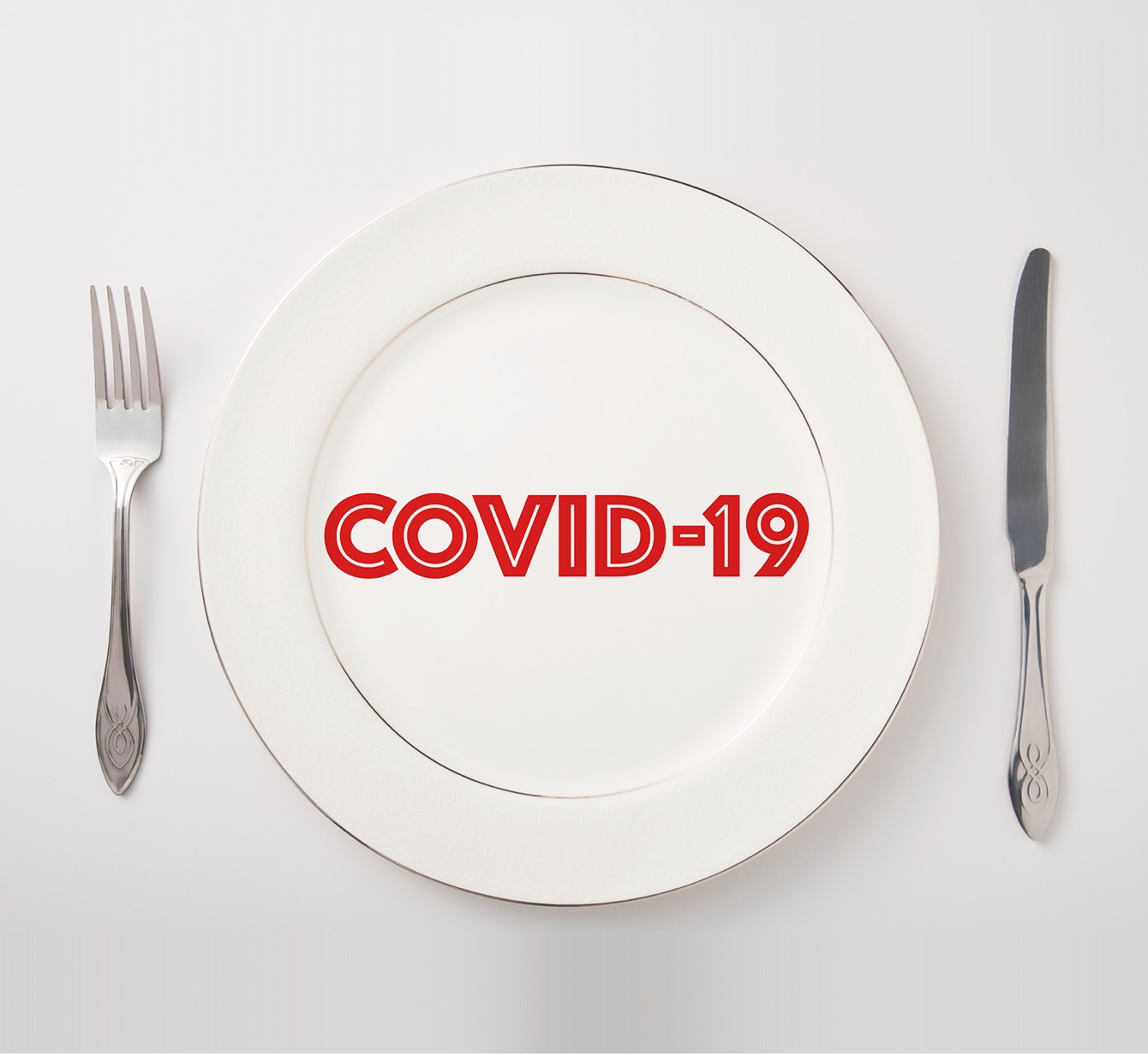“It’s also being transparent about the supply chain,” said Gorny. “Where is the food coming from, how is the food getting to me and how is it being handled? Restaurants need to be more open about the changes they’ve made and get that message out there.”
Implement touchless payments
Walking through the front door, many customers will likely be worried about how many surfaces they’ll need to touch to get their food, such as for payment. For restaurants with kiosks, owners must figure out how to manage staff operations to ensure cleanliness of kiosk touch screens and that there’s minimal risk of a customer contracting COVID-19 from these surfaces. Other restaurants with order counters will need to consider how to practice social distancing between customers and staff.
Contactless or touchless commerce like the ability to use mobile wallets like Apple Pay or Google Pay will be highly valued, along with delivery and digital channels like the restaurant’s mobile app.
Gorny said that about a third of customers at quick service restaurants still pay in cash but that behavior will change. “Restaurants basically have a captive audience right now and these behaviors are changing. Many people have basically been forced to start using digital channels. You can capitalize on that and bring it into your day-to day-operations.”
How to streamline operations
It’s also more critical to have a direct-to-consumer business at a time when third-party apps like Uber Eats or Grubhub eat up anywhere from 20 to 40 percent of the total ticket cost and cause margins to take a hit. This should be a priority for owners whose business wasn’t primarily delivery before, but will be going forward.
U.S. QSRs can also expect about 50 million mobile orders through restaurant or third-party apps by 2021, and mobile ordering is projected to drive more than 10 percent of sales for the sector this year.
“Owners need to leverage what they have to execute and operate differently going forward,” said Gorny. “Think about redeploying some crew to delivery which will be much cheaper than using a third-party, and you also have more control of the overall customer experience from the restaurant to someone’s front door and can more easily engage with the customer.”
Social distancing guidelines have made seating areas off limits and many customers will likely remain hesitant to dine-in once guidelines are relaxed. Restaurants are finding themselves with ample unused space and in need of ways to make it productive.
“The idea of ghost kitchens has been out there for quite some time,” said Gorny. “Within this storefront that now has no seating, I could operate a burger, Mexican and pizza restaurants, for instance, with my only channel being delivery. Ghost kitchen entrants pose a threat to the traditional QSR and will have a competitive advantage. As an owner, that would concern me because they will be eating into my business.”
Quick service’s new normal
Safety will be customers’ main concern in a post-COVID-19 world and they’ll want proof that they’ll be safe when ordering food. Restaurants need to be clear and compelling on what they’ve changed or improved to ensure customers won’t be exposed to the virus.
Restaurants can also address customers’ anxieties by building out their digital channels and owning the entire customer experience from food preparation to delivery. For some restaurants this means radically reimaging their businesses to be primarily delivery or take away and being able to redeploy resources to respond to new trends or local guidelines.
Publicis Sapient has helped QSRs digitally transform their businesses so that they are better positioned for times of crisis and rapidly changing consumer behavior. Scientists and health experts have indicated COVID-19 will likely become a recurring reality that society will have to learn to live with, and businesses that quickly adapt to customers’ digital needs and behaviors will gain their loyalty and trust.
Being transparent and trustworthy will convince customers that QSRs are worthy of their business when there is so much uncertainty around household income and the economy.








